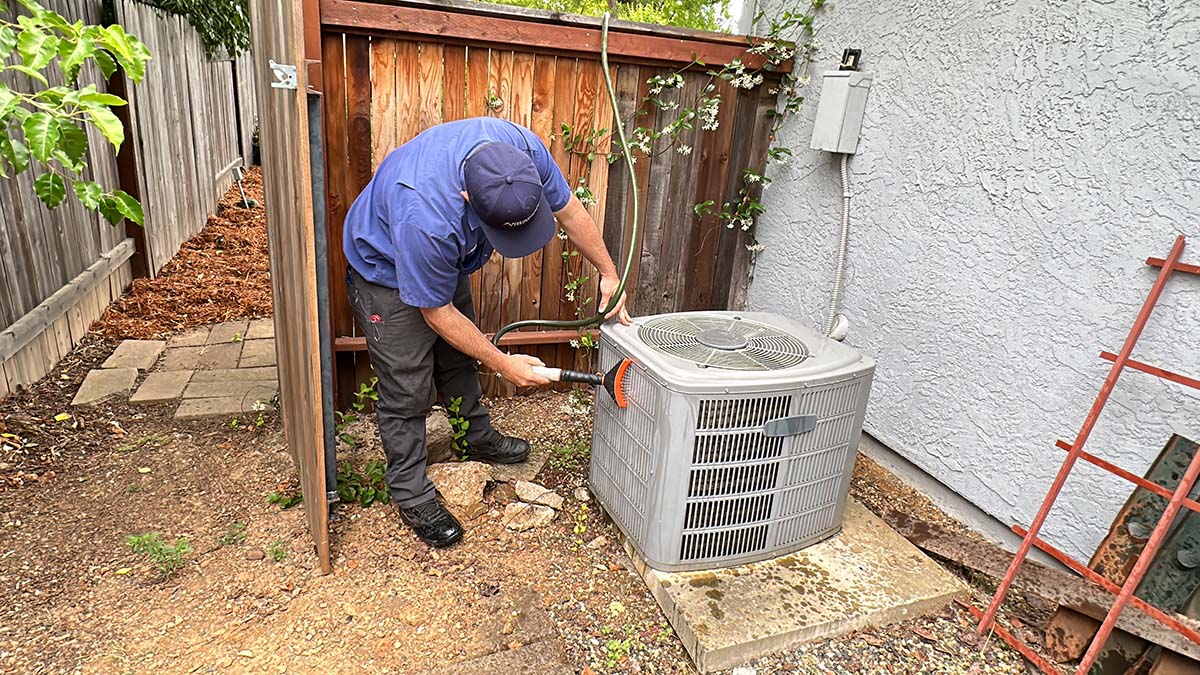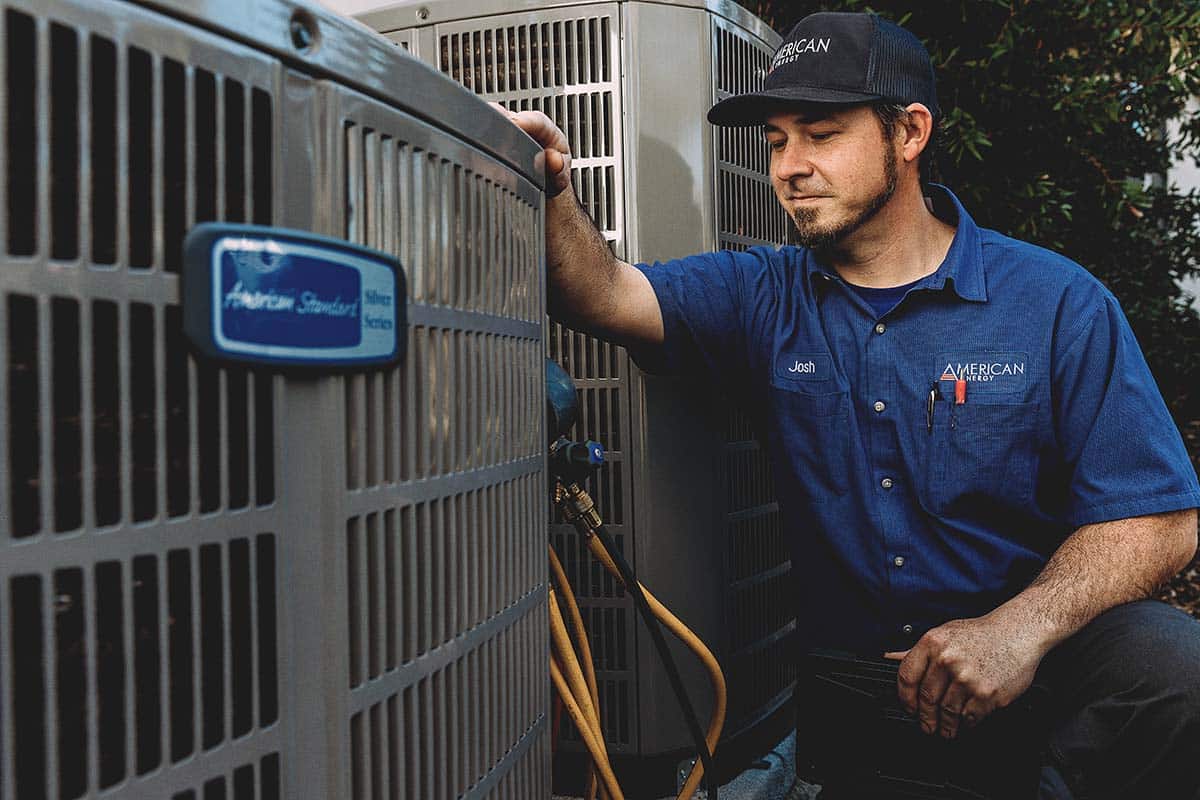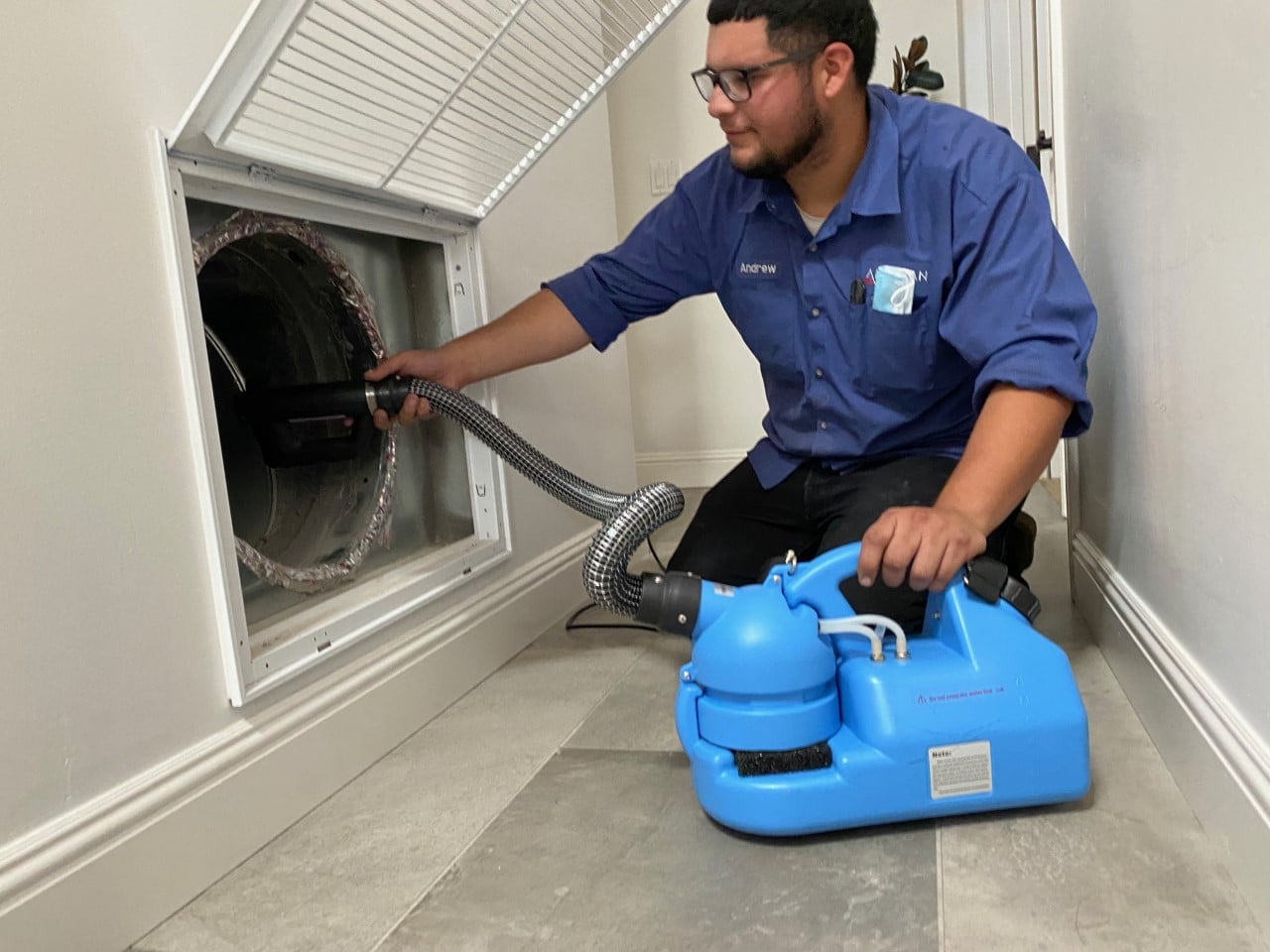
Understanding the $5000 AC Rule: Is It Time to Repair or Replace Your Air Conditioning System?
Introduction
Air conditioning systems are a staple in many households, particularly in regions where summer heat can be unbearable. However, like any mechanical system, air conditioning units encounter issues over time. Knowing when to repair or replace your AC system can be daunting, especially with various factors to consider. A common guideline that many homeowners and HVAC experts use is known as the $5000 AC Rule. This article will delve into this rule and help you make informed decisions about your air conditioning services.
Understanding the $5000 AC Rule: Is It Time to Repair or Replace Your Air Conditioning System?
The $5000 AC Rule serves as a practical guideline for determining whether it's more cost-effective to repair an existing air conditioning system or invest in a new one. The crux of this rule is simple: if the cost of repairs exceeds $5000 or if the repair costs exceed 50% of the unit's value, it might be time to consider replacement rather than repair.

What Does the $5000 AC Rule Entail?
When Is It Wise to Consider Repairs?
While the $5000 AC Rule provides a good framework for decision-making, there are scenarios where repairs may still be worthwhile:
- If your unit is relatively new (under 10 years old) and has only required minor repairs in the past.
- If energy efficiency ratings indicate that replacing the unit would not lead to substantial savings on energy bills.
Factors Influencing Your Decision-Making Process
1. Age of Your Air Conditioner
How old is your air conditioning system? Age plays a crucial role in evaluating whether to repair or replace. Most systems last about 10-15 years; if yours is nearing this mark, replacement might be prudent.
2. Type of AC Unit You Have
Different types of air conditioning systems—central air, ductless mini-splits, window units—have varying lifespans and efficiencies. Understanding your specific model's characteristics can influence your decision significantly.
3. Frequency of Repairs
Have you found yourself constantly calling for air conditioning services? Frequent breakdowns can indicate that you're pouring money into an aging system that's nearing its end.
4. Energy Efficiency Ratings
Is your system energy-efficient? Newer models boast better technology and efficiency ratings which could best hvac services Loomis drastically lower your monthly utility bills.
Understanding Costs Related to Repair vs Replacement
1. Evaluating Repair Costs
When considering whether to repair or replace, it's essential first to estimate what repairs will cost:
- Minor repairs often range between $150-$600.
- Major repairs (compressor replacements) can exceed $3000.
| Repair Type | Average Cost | |----------------------|------------------| | Minor Repairs | $150 - $600 | | Major Repairs | $1000 - $3000 | | Compressor Replacement | $2000 - $4000 |
2. Evaluating Replacement Costs
Replacement costs can vary widely based on several factors:
- Size and type of unit
- Installation complexity
- Energy efficiency rating
Typically, full replacement costs range from $3500-$7000 depending on these variables.
When Should You Seek Professional Advice?
If you're unsure about whether to follow through with repairs or opt for replacement based on the $5000 AC Rule, consulting with professionals in air conditioning services can provide invaluable insights tailored to your unique situation.
Signs It's Time for Professional Evaluation
A qualified technician will assess not only repair costs but also offer guidance on potential replacements that suit both your budget and needs.
Common Problems Leading to Repair Decisions
1. Refrigerant Leaks
Refrigerant leaks are often among the most common issues faced by aging units and may require significant investment for quality repairs.
2. Electrical Issues
Problems related to wiring or electrical components may lead you needing frequent troubleshooting—but these are sometimes less costly than complete replacements.
FAQs
Q1: What does it mean when my AC makes strange noises?
Strange noises usually indicate mechanical failures or loose components needing immediate attention from a technician.

Q2: How do I know if my AC unit is efficient enough?
Check its SEER (Seasonal Energy Efficiency Ratio) rating; newer units typically have higher ratings indicating better efficiency.
Q3: Can I perform maintenance myself?
While some basic maintenance tasks can be done by homeowners—like changing filters—it's best left to professionals for complex issues.
Q4: At what age should I consider replacing my AC?
Generally speaking, if it's over 10 years old and showing signs of inefficiency or frequent breakdowns, start considering replacement options.
Q5: How much should I budget for annual maintenance?
Budgeting around $100-$300 annually is generally recommended for regular inspections and minor service tasks performed by professionals.
Q6: Are financing options available for new installations?
Yes! Many HVAC companies provide financing plans which allow homeowners flexibility when purchasing new systems.

Conclusion
In summary, understanding when to adhere to the $5000 AC Rule involves assessing various factors like age, frequency of repairs, costs involved, and overall efficiency ratings of your current system versus potential replacements available on the market today.
Ultimately, consulting experienced professionals in air conditioning services provides deeper insights tailored specifically for you as every home's cooling needs differ widely based on climate conditions and living arrangements!
The key takeaway here is not just about following rules blindly but making informed decisions that ensure comfort within one's home all year round without breaking the bank!